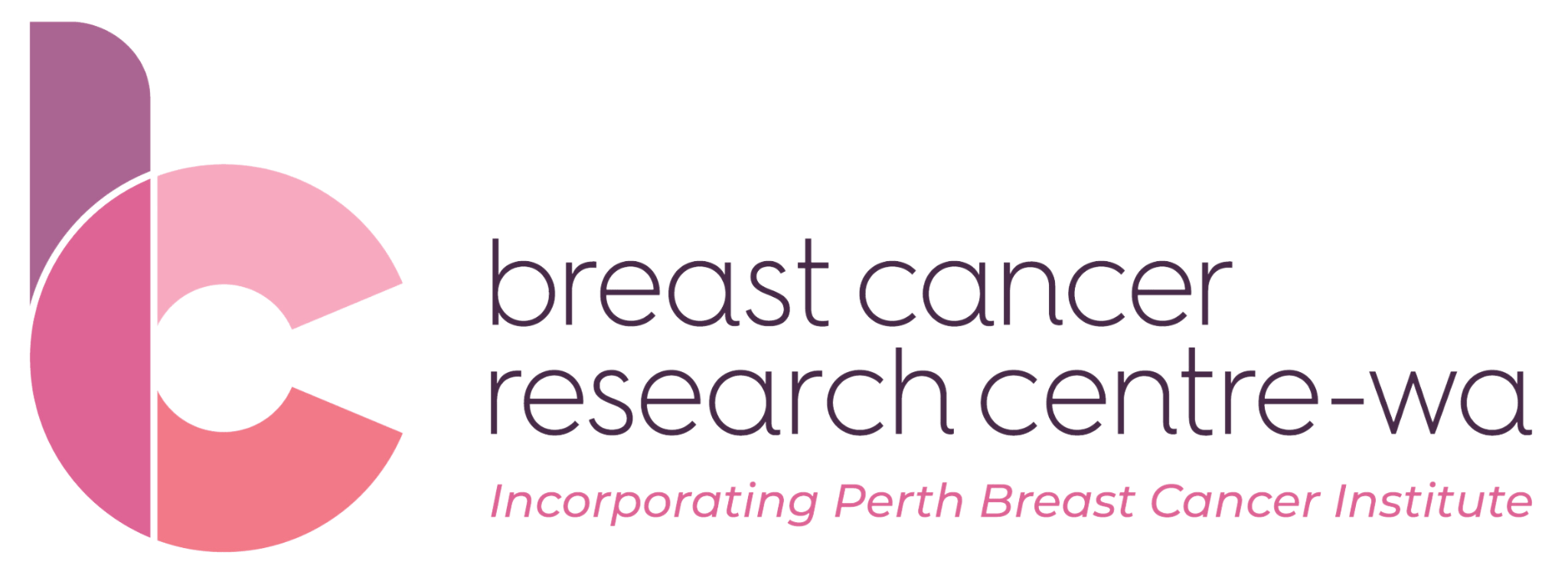Learn more about what breast cancer is, the types, who it may affect and links to helpful resources.
Support Services
Breast Care Nurses
Clinical Psychology
PYNKS
Patient Resources
Stories of Hope
Research & Clinical Trials
Research Projects
Research Publications
Open Clinical Trials
Closed Clinical Trials
Team of Specialists
© 2024 Breast Cancer Research Centre WA | Privacy Policy and Disclosure Statement
